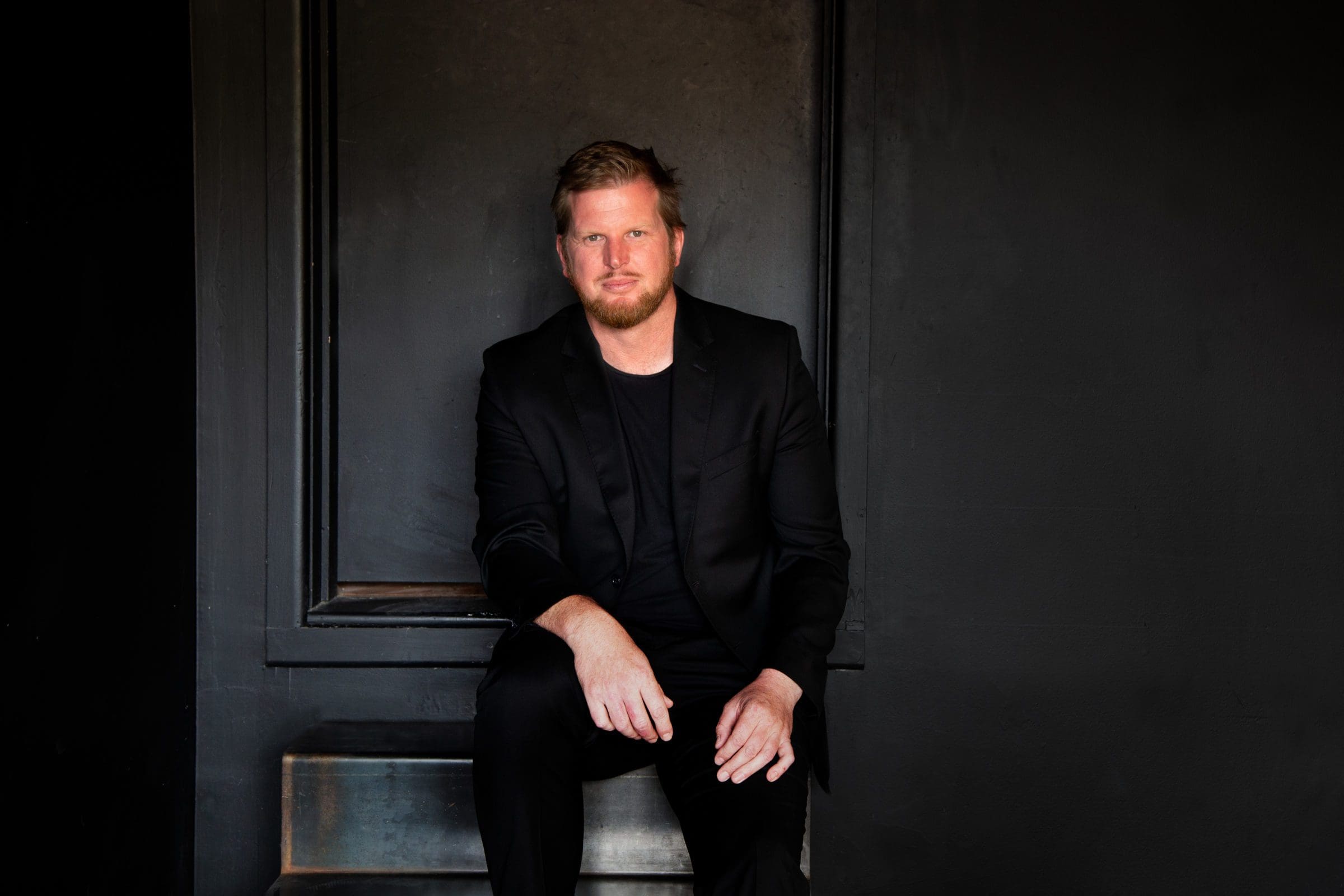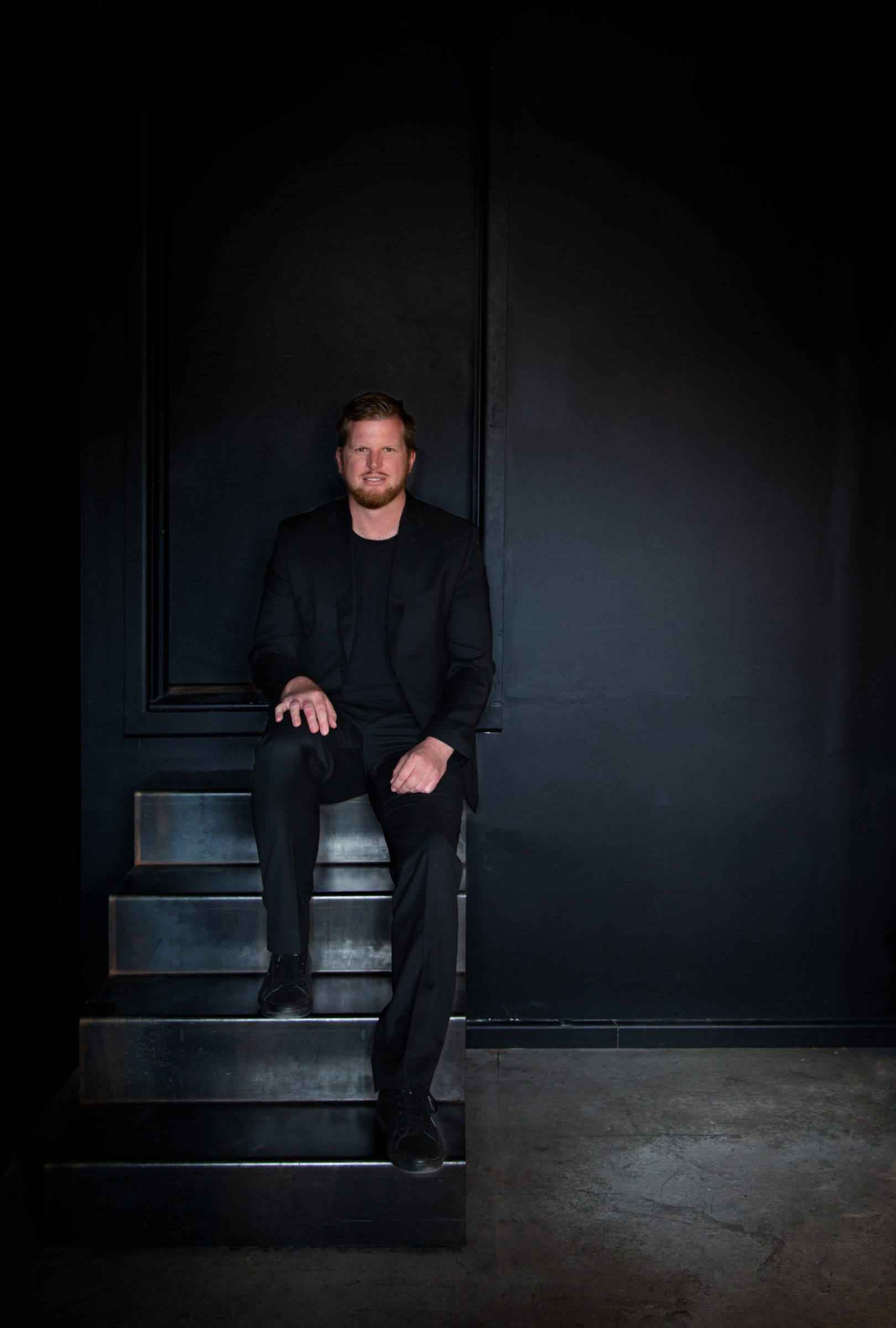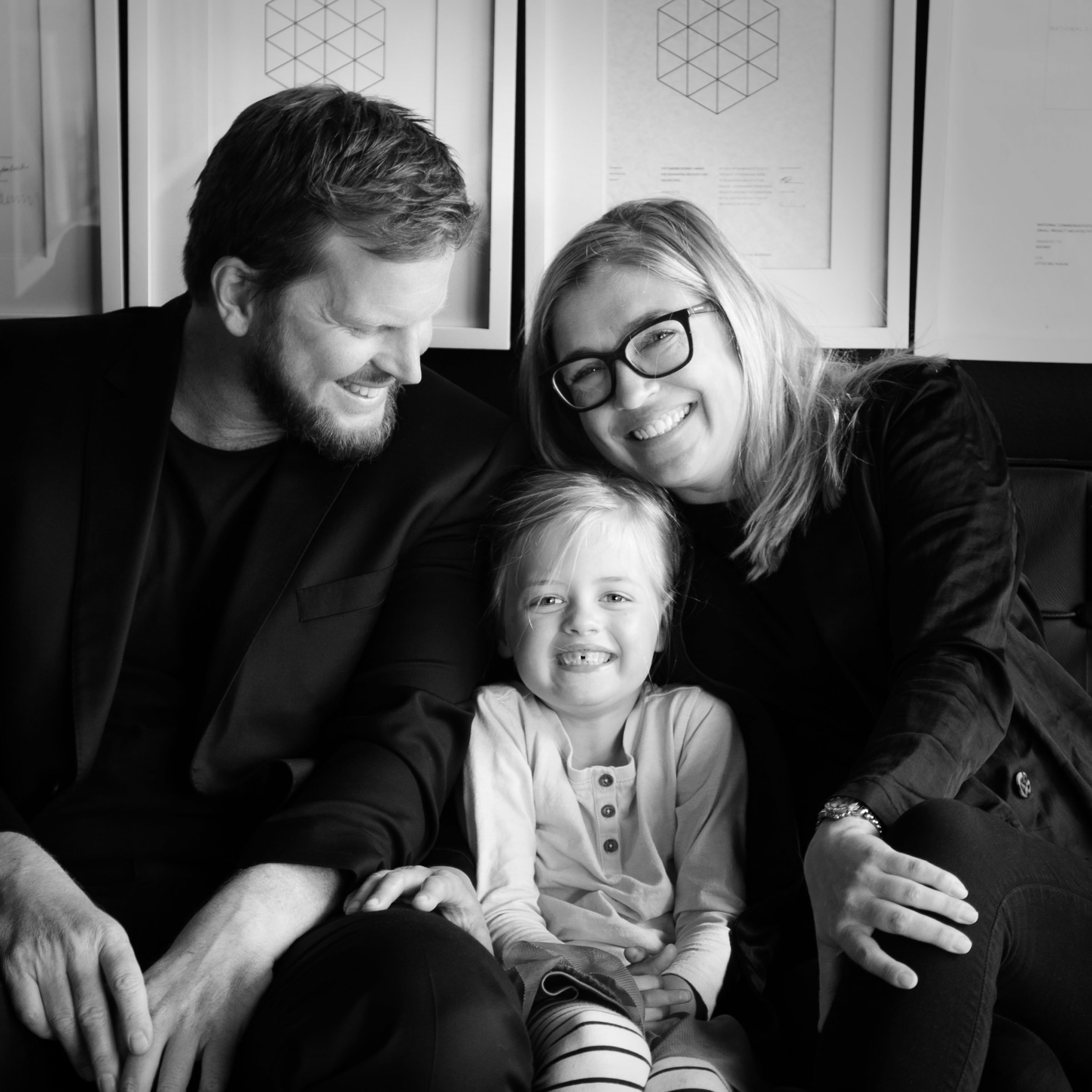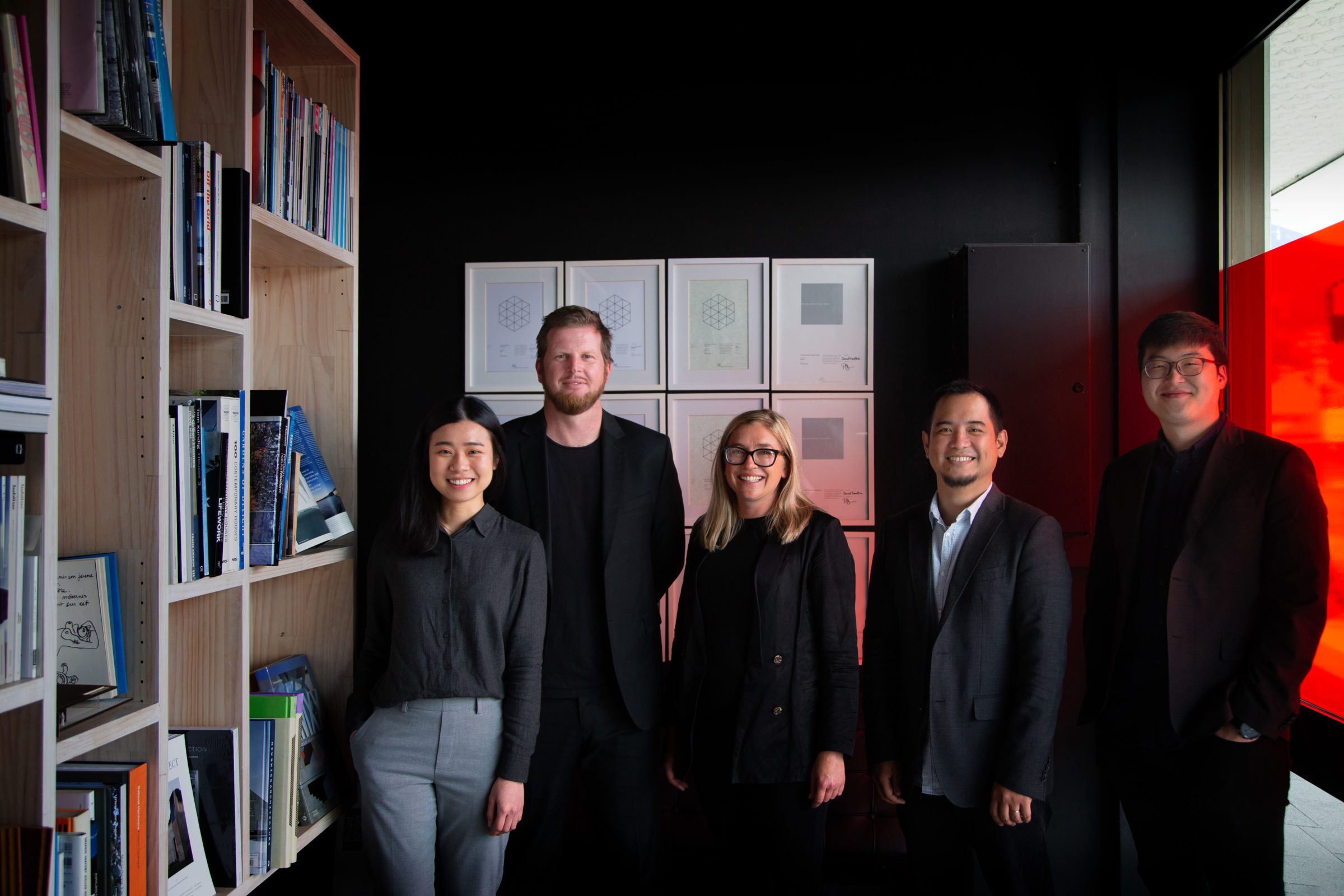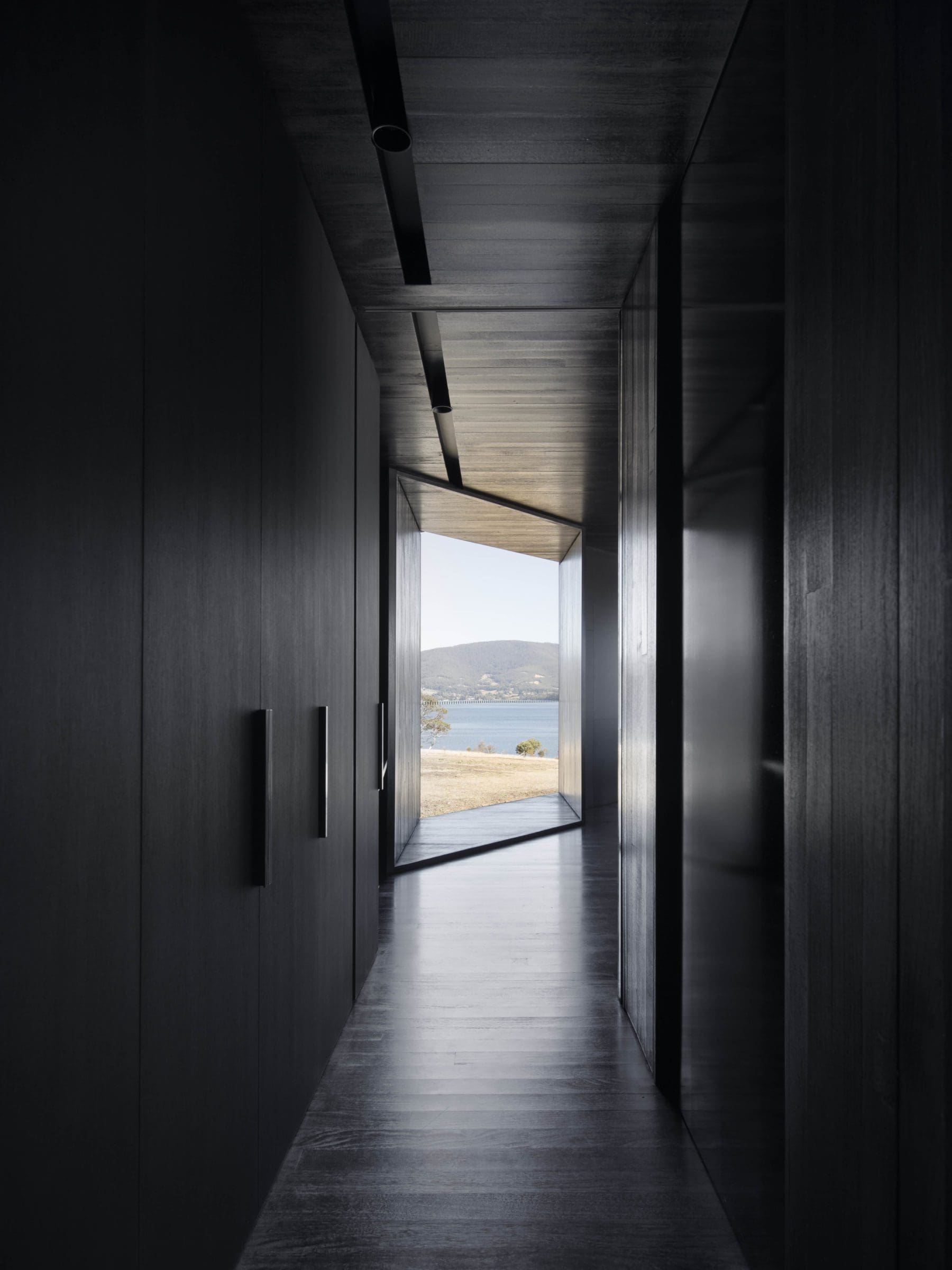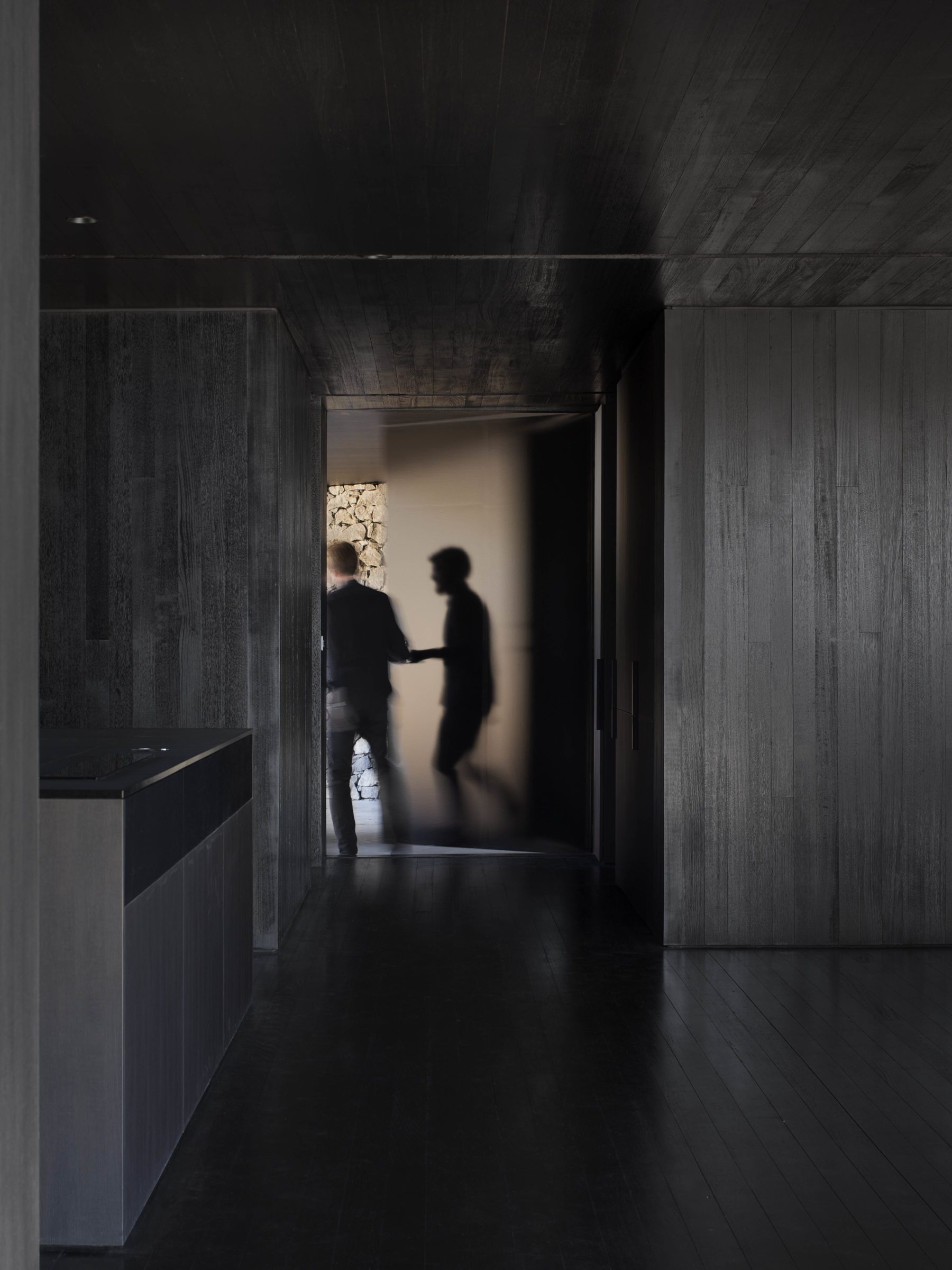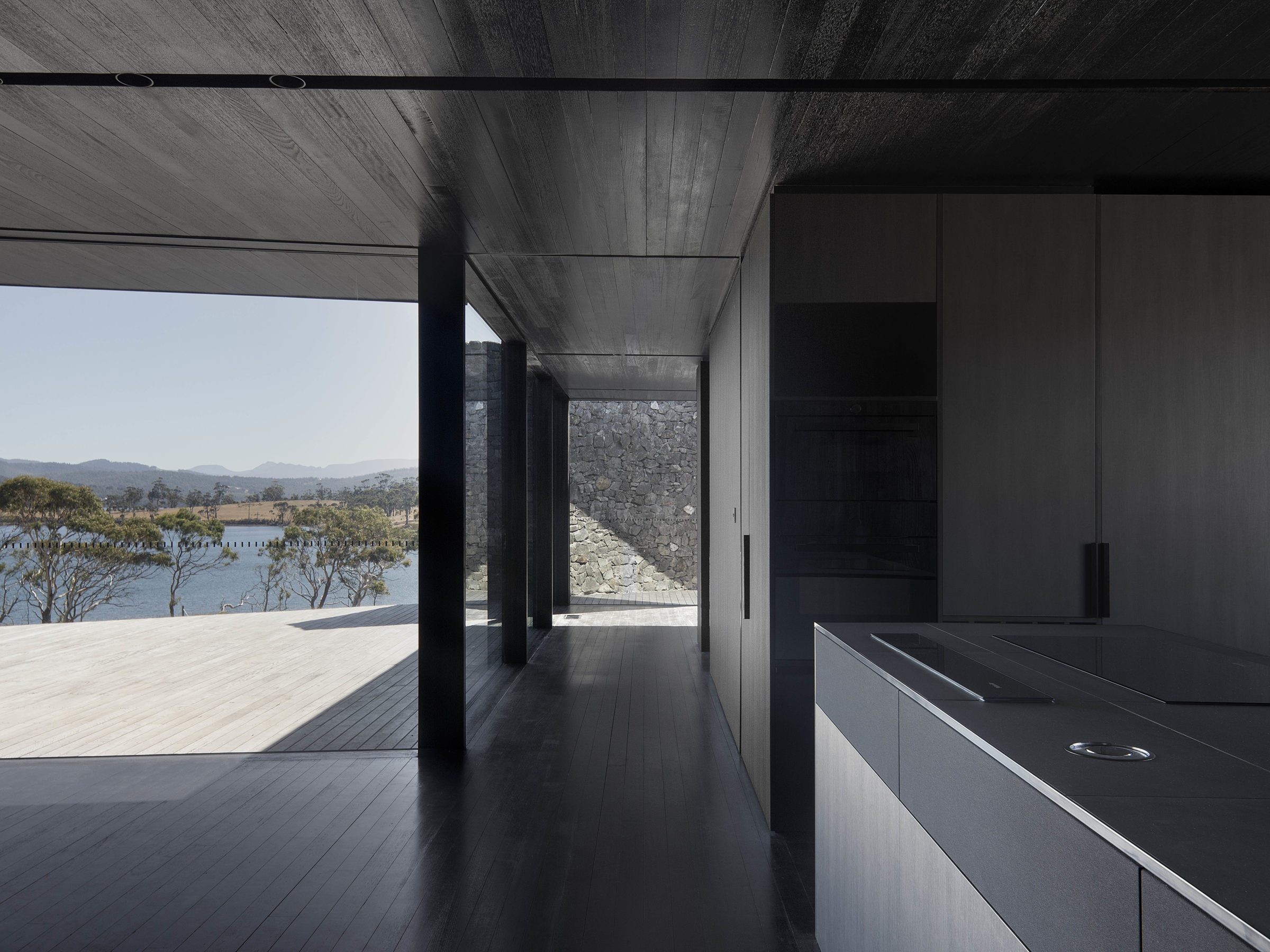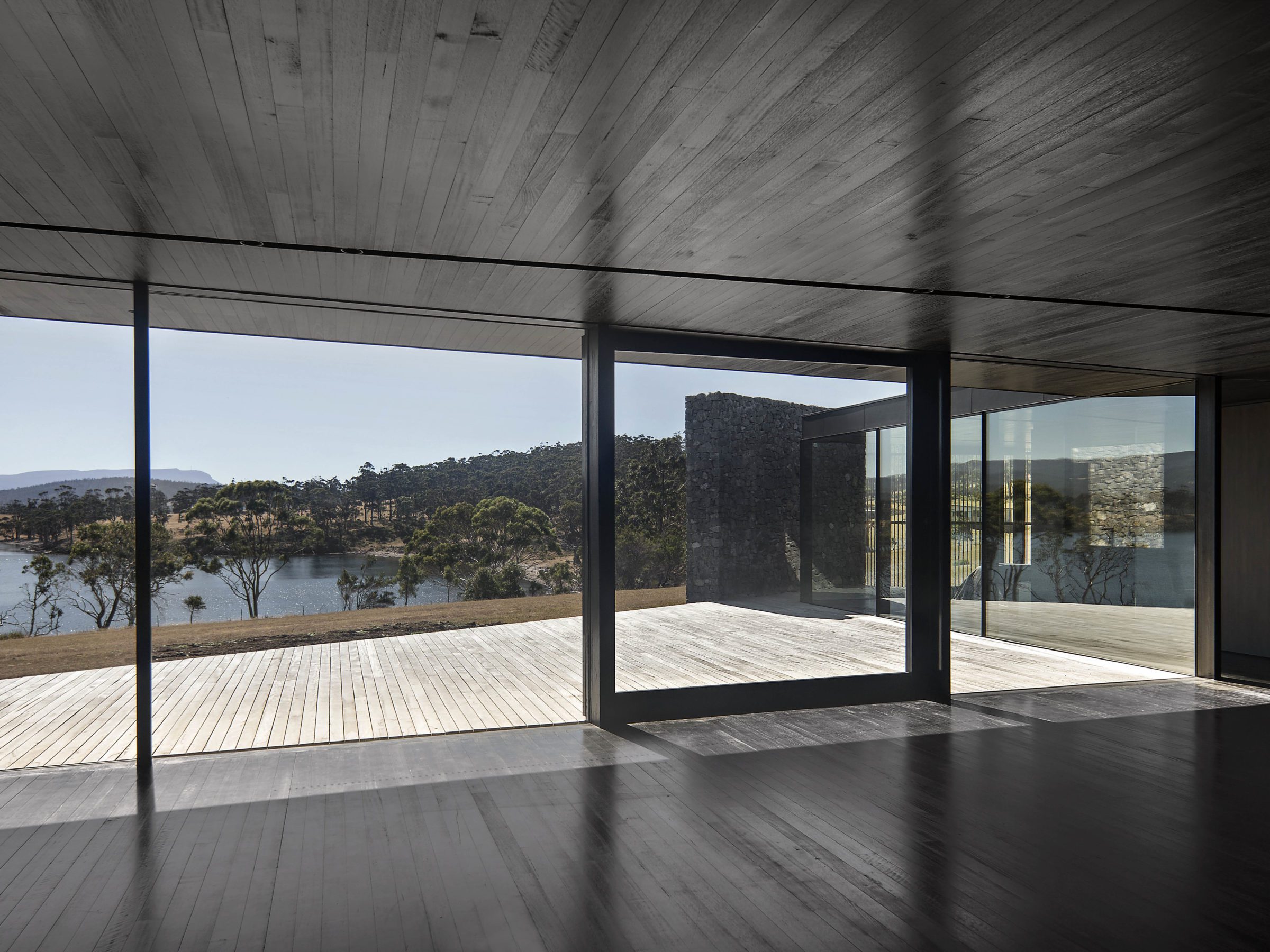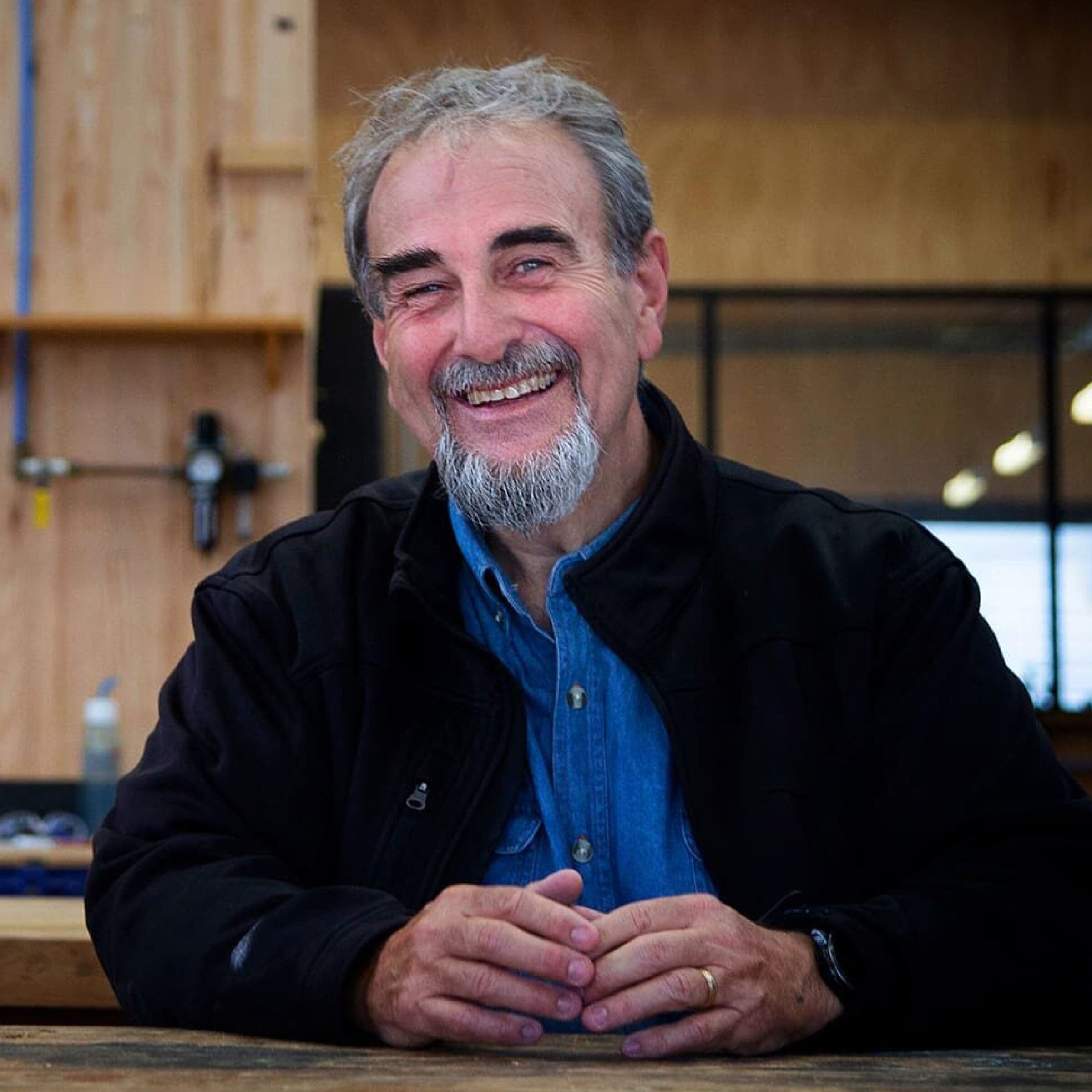Thomas Bailey
Since establishment in 2005, Room11 Architects has emerged as a prominent Tasmanian studio, injecting their artistic aptitude and enthusiasm for collaboration into their work.
Their projects have been internationally published and recognised and the practice was the first Australian architecture firm to exhibit at the La Biennale di Venezia in 2018.
Reflecting the wild and natural landscape of their surroundings into each project, Room11 showcases a perceptive and poetic expression that comes to life in each of their Tasmanian-centric designs.
As a Tasmanian based architecture studio, do you draw inspiration from your surroundings and if so, how does it influence the design of a project?
We approach architecture as a tool for opening up opportunities to relate to place. We see buildings as furnished by the landscape itself. A huge driver in the whole design process is using architecture to highlight the natural beauty of a given place.
It could be the sky, a distant vista, the treetops, but there’s always discussion about how the building will allow you to appreciate the context which is driven by the given context of a specific site.
In what ways do you think Tasmanian/Australian design can influence design on a global scale?
If you create something for people to look at, you want them to be able to understand and think about place and the environment and be able to relate to it.
“I love the idea of creating something that is so infinitely personal yet will resonate everywhere, and I think Tasmanian design does that.”
Our architecture has received coverage and interest internationally, so we do already see our designs as a part of or influencing the global community.
Is there a sense of camaraderie/collaboration amongst Tasmanian/Australian architects and designer-makers?
Absolutely. There is easily a sense of camaraderie amongst the industry and especially with other furniture makers and photographers. We might be working with different mediums, but we all have the same agenda.
Is there an artist, photographer, furniture maker, designer or tradesperson that you think is making waves in Tasmanian/Australian design?
We particularly like photographer, Adam Gibson’s work. His projects portray the Tasmanian condition and we see a lot of crossover in his approach and our architectural work.
“He’s moved beyond the picture-postcard rendering of Tasmania and focuses on a narrative that is about people and how they live here, their condition and the reality of being here.”
I also must mention the work of Peter Dombrovskis. His work as a landscape photographer was fascinating and created a true vision of the Tasmanian landscape.
What kind of research goes into a project before it begins?
We investigate what someone would like to achieve and develop a strong understanding of our client. We are a vessel for realizing their vision. We don’t come to the table without an agenda, but we’re big believers that our clients make us better architects if we listen to them.
What role do you think architects play in sustainability and the future of the planet?
We play a significant role. We have an obligation to look at not only building specifics, but how we might be able to transform the ongoing maintenance of a building.
Maintenance has a big footprint and it’s our role to make intelligent decisions to limit that footprint. When we use various resources, we use them in a manner that’s going to be worthwhile and respectful of the cost, which makes material longevity a large part of that consideration.
“We want to make buildings that will last.”
We also have a role when we’re building to think about the fact that while we’re creating a habitat for humans, we’re displacing those beings that were on the land prior and we must have a response to this.
What do you think is missing from the conversation around sustainable architecture and design?
There is a genuine issue that is not being discussed and that’s lack of consideration of human psychology. Longevity and material selection is not a significant enough component of the conversation.
“We need to critically think about how we build our structures from the perspective of having the buildings actually be desirable to humans. A project may become a six-star building but if it lacks a focus on human well-being and doesn’t bring people joy, that star rating doesn’t matter.”
We’re too focused on elements that are easily measured and analyzed instead of looking at the conversation from a holistic approach.
Do you think architecture has a responsibility socially for the greater community?
Of course. Every profession can do what they can to assist humanity as best they can within the framework that they’re in. Nobody can ignore that. It’s understood that we’ll always be pursuing that agenda for our children and future generations.
According to research completed by Planet Ark on carbon, the built environment contributes 30% of the world’s emissions – what are your thoughts on this?
I don’t question this. These figures put the onus on us when we are creating a built environment. We must consider the efforts we make now and how they will play out in the long term.
What is your studio’s philosophy on sustainable design?
When I was a student, I studied in Scandinavia and missed Tasmania terribly. I took a holiday and stayed in an old family cabin, deep in the woods of Norway. To access the cabin, there wasn’t even a path and it looked a lot like the Southwest wilderness in Tasmania.
The cabin had been there for ages and even had the old Norse language carved into parts of the structure. It had thick timber walls and looked exactly as it always had been.
That’s about as sustainable as it can get, and that story and idea has stuck with me and has translated into how we approach sustainable design at Room11.
What is your studio’s approach to choosing/sourcing materials for a project? Is sourcing local/Australian important? Why?
Yes, selecting local materials is very important to us. We’re always thinking about our carbon footprint and transport emissions can’t be ignored. It’s amoral to ignore that side of the decisions we make. We don’t ignore local materials and products and we want to support our colleagues, so it’s very much a part of our studio’s approach.
Responsibly sourced, certified wood is the only building material that helps tackle climate change; it’s renewable, it stores carbon and it consumes minimal energy in its production- how important is the incorporation of timber in your projects?
Decisions on material selection have to be justifiable.
Environmental credentials must be thought of and we know that timber products tick a lot of those boxes.
If it’s certified and coming from sustainable sources, then it’s especially important when compared to other options. Timber is a key part of our material decision making.
As COVID-19 has changed the way in how we interact with our living spaces and we’re spending more time indoors, will biophilia play a greater role in design moving forward?
It’s always been a part of our approach and philosophy, and it’s visually apparent in our projects. It’s a desirable movement but its greatest danger is it becoming a style as opposed to a design decision.
Integrating landscape elements to the indoors benefits the psyche of the occupants of buildings, even if it’s just small touches.
For example, incorporating a small patch of herbs near the kitchen to grab from while cooking. It’s minor touches like this that can have a significant impact on people’s lives.
As an architect, is there any advice/encouragement you would like to pass along to the next generation of architects?
Architecture is a vocation and is a learned profession. You need to learn from history, you need to know the greats; Mies, Kahn, Eileen Gray, etc. and study from these greats.
What three words define your practice?
Direct. Sensual. Alive.


